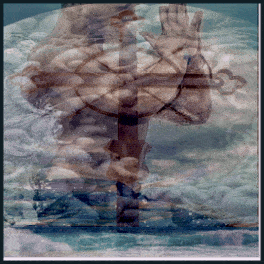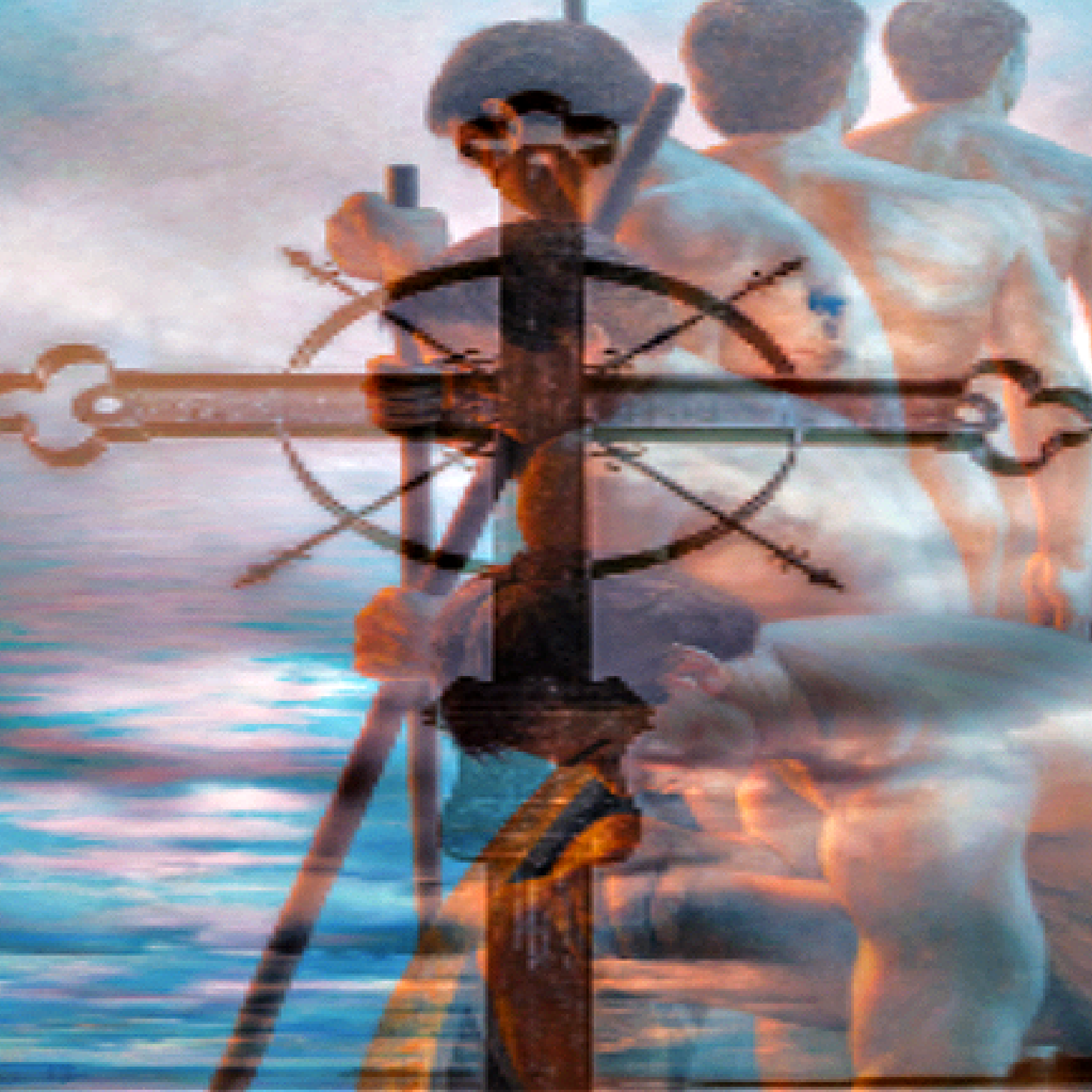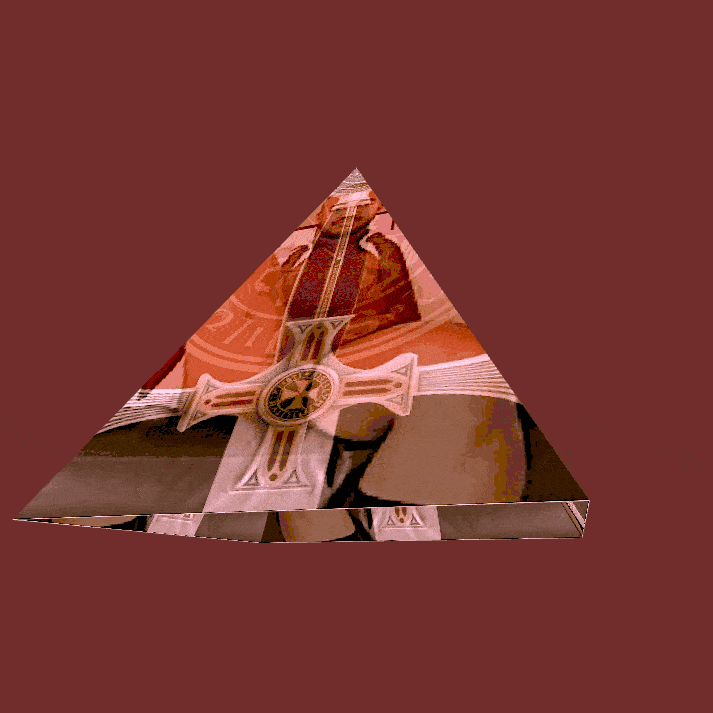Intervener shatters Silence of Acadians: CTV News Atlantic.ca Faces Accusations of Francophobic Exclusion while CRTC Sleeps.
Contemporary Artists Shatters Silence of Acadians: CTV News Atlantic.ca Faces Accusations of Francophobic Exclusion while lazy CRTC staff sleeps.

The French-language Acadian community, deeply rooted in Atlantic Canada since 1604, has recently found its official language voice against CTV News Atlantic.ca, owned by Bell Media, accusing the news outlet of francophobic exclusion. Despite Acadians' rich history and significant presence in the region, their representation on the news platform must be more present. They must also stop the balderdash rhetoric endemic in their regulatory and public policy.

This article explores the discontent within the Cajun community, highlighting the stark contrast between the historical presence of Acadians and demanding better representation to end their virtual invisibility on the anti-french CTV News Atlantic.ca unilingual Kjipuktuk-centric media platform 2.0.

La Relevé Vol 4 it is
We do not need a four-year-long omnibus legislative bill and court of appeal in the House of Commons to oversee and pass around a tied and untied pair of crtc knickers du Fundy Fournier Vers Aitken Blockhouse to change this issue. We must embrace the enemy and talk about the statement of claim to be included in this bilingual country of Canadians.
Waive the Trust Project and the Discrepancy generator of B.S.
The top-heavy issue is the contradiction between CTV News Atlantic.ca's broadcaster association and, among other things, The Trust Project and its failure to uphold the principles of full inclusion.
The massive mismanagement of the Trust Project, an initiative committed to promoting transparency, accuracy, and fairness in journalism, for a change since official language minority communities of Canadians are saying no more to Oligarchal media companies like Bell Honky.
To administrative English and French public interest, it is proudly endorsed by Bell Media, the media outlet parent company of CTV News hell-bent on the assimilation of the francophone minority communities outside Quebec.
However, the mute social and economic ghetto Cajun community argues that this commitment to inclusivity is not reflected across Canada in the media representation of their ethnic group. Executive decisions feel they know what is best for the public interest and decide who can and cannot take part in the local news and reports on cultural events.
New Brunswick Contemporary Artists Speak Out on Outdated Parson Ideologies:

In an era where diversity and inclusion are at the forefront of media discussions, contemporary artists within the local Cajun community have drawn attention to the issue. They express their frustration by likening the exclusion of Acadians to the historical struggles faced by other marginalized communities pushed into assimilation due to zero representation on publicly funded media channels like CTV Atlantic News.

Acadian's
One artist provocatively states, "Acadian is the new Black Mi'kmaq," pointing out the irony that while CTV News Atlantic.ca features regular representations of Black Mi'kmaq individuals and women, the Franco Cajun community remains conspicuously absent from the brainstorming the diversity of the country narratives to represent Canadian people.
The Erasure of the Francophone Community: A Nightly Routine from Fredericton to Halifax:

A particular grievance was voiced by the significant number of francophones in the local Southwest «Nova» Scotia community, saying enough about the routine exclusion they experience during the nightly news program. Despite the diverse ethno-cultural fabric of Nova Scotia, CTV News Atlantic.ca consistently needs to include the Cajun perspective.
The absence of Cajun voices in these crucial news segments not only perpetuates a skewed representation of the region but also contributes to the erasure of the Cajun identity, which has played a vital role in shaping Atlantic Canada since the early 17th century.
Claregye intervener initiative takes it to the DOA provincial member of parliament :
Frustrated by the ongoing exclusion and indifference from there for the paycheck and Honkin`Wang pension, the French community in Claregyle has decided to take matters into their own hands by leveraging the power of social media.
Recognizing the influence and reach of online platforms, community members have initiated a provincial-wide campaign to shed light on the lack of French cultural representation in CTV News Atlantic.ca. They aim to denounce and create awareness and garner support for their cause through hashtags, online petitions, and compelling narratives, while the Canadian radio-television and Telecommunications Commission lies sleeping.
A public notice CRTC might change Bell Media's politics on francophone inclusion.
The French community on the East Coast is no longer willing to accept the status quo of being silenced by mainstream media. The callout accusations against CTV News Atlantic.ca for its francophobic exclusion have highlighted a glaring discrepancy between the network's professed commitment to inclusivity and the lived experience of the Cajun community, with no plans from «Bell media board of directors to abate this standing public policy ideology endemic in there local programming any time soon.
In a perfect Atlantic Canada, the good with a focus on Canadian content & inclusion in radio-canada style?
Such was the tune with the Quebecker gang when they said enough is enough. As Claregyle and other local communities take their concerns to social media, they hope to bring about a shift in Bell Media's ethnocultural tartan fabric media representation in Nova Scotia. The call for change is not just about the local Cajun community but a broader plea for a more accurate and inclusive reflection of the diverse Canadian society tapestry that makes up the East Coast Lifestyle and its good local people.
Which Instruments Define Acadian Music in Atlantic
The fusion of cultural diversity is evident in the region's rich tapestry of Acadian music. Yet, some instruments like the fiddle and guitar dominate, raising questions about potential exclusionary practices on newer MIDI Chorda instruments used by Cajun Dead et Le Talkin`Stick, which has patrimonial local musicians of the province in a state of reboot.

What instruments are traditionally used in Acadian music, and how do they reflect or exclude certain cultural influences? It is in a state of change; hence, there is a need for inclusive representation. Considering the significance of the regions in shaping Acadian musical identity, are there regional variations that contribute to or limit the diversity of instruments used?
Furthermore, how does Canadian content play a role in shaping the musical landscape of Acadian traditions? It plays no role. French linguistic minority communities are in a Gulag Ghetto feedback loop of their own.
Contemporary artists in Nova Scotia call out CRTC and Bell Media on the lack of cultural diversity in local news and the exclusion of Acadian cultural representation.

Do broadcasting distribution undertakings and Radio-Canada influence to regulate and supervise the representation of Acadian music by promoting certain instruments over others? Yes, Jigs and Reels are the cultural and economic cocktail du «Jour. Except for Cajun Dead et «le talkin Sticks use of the MIDI Chorda, there is no effort to explore the dynamic interplay between instruments, cultural diversity, and the role of media platforms in shaping the narrative of Acadian music in the region.
Are there initiatives to ensure a more inclusive portrayal of Acadian musical heritage on these platforms, fostering a diverse representation that reflects the broader cultural mosaic of Canada? No such initiatives in the Bell media culture of phoney baloney blaring» Hard times in the Beep Suckin`Maritimes.

FAQ:
What is the focus of "Intervener Shatters Silence of Acadians"?
"Intervener Shatters Silence of Acadians" explores the lack of media representation for the French Acadian community in Atlantic Canada, specifically accusing CTV News Atlantic.ca of francophobic exclusion. The website aims to raise awareness and foster discussions on cultural inclusion.
How does CTV News Atlantic.ca's programming affect Acadian representation?
CTV News Atlantic.ca has been criticized for underrepresenting Acadian culture and perspectives in its broadcasts. This lack of inclusion is seen as a continued marginalization of Acadians in mainstream media narratives across Canada.
Why is there a call for more French Acadian representation in the media?
The call for more French Acadian representation stems from the need to reflect the cultural diversity of Atlantic Canada. Including diverse voices ensures a more authentic portrayal of the region's rich heritage and counters existing biases in media.
How are contemporary artists responding to the exclusion of Acadian culture?
Contemporary artists are responding by using their platforms to highlight this exclusion and demand change. Through projects like NFTs in the metaverse, they are creating new spaces for Acadian cultural expression and innovation.
What role do the CRTC and Bell Media play in Acadian media coverage?
The CRTC and Bell Media, through their policies and programming choices, significantly influence media representation. Critics argue that their current stance and actions, or lack thereof, contribute to the exclusion of Acadian voices.
How can increased inclusion of Acadian culture benefit CTV News Atlantic.ca?
Increased inclusion of Acadian culture can enhance CTV News Atlantic.ca's programming by providing richer, more diverse content that resonates with a broader audience, ultimately reinforcing its commitment to cultural inclusivity.
What initiatives are being pursued to improve French cultural representation in Atlantic media?
Community initiatives and social media campaigns are being leveraged to advocate for better representation of French culture in Atlantic media. By using digital platforms, communities aim to raise awareness and drive change in media policies.

